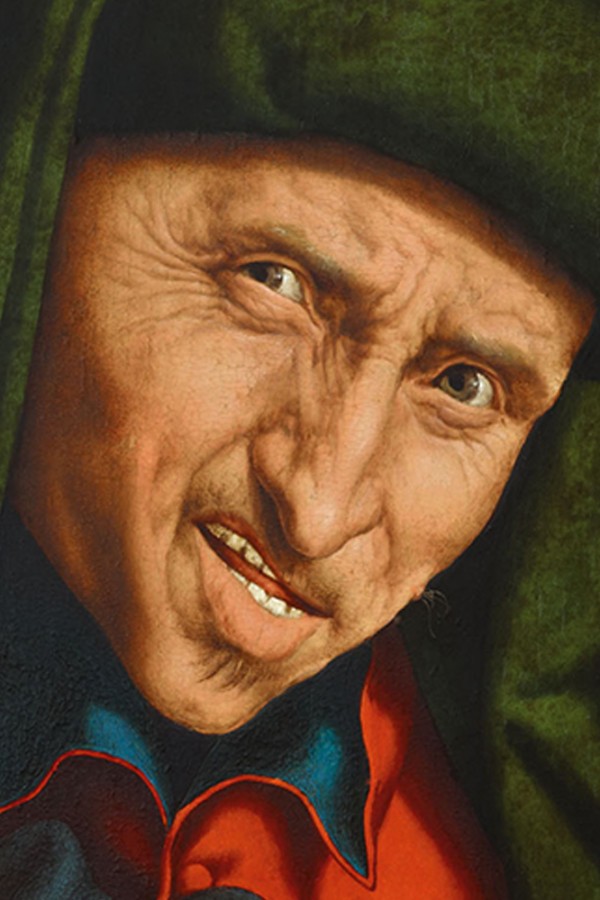Tax Collector, c. 1525–1530

Date: c. 1525–1530
Creator of the image: Quentin Massys Date of the image creation: c. 1525–1530 Medium of the image: Oil on panel Person depicted: A tax collector Context: Based in Antwerp, Quentin Massys (1466–1530) was a painter in the Flemish tradition who created both religious and secular artworks. Massys painted The Tax Collectors towards the end of his life. The painting depicts two men sitting at a desk engaging in a bureaucratic activity. The man on the left of the painting is a city official, writing with a pen with one hand and counting coins with the other. He is conducting an audit on the other man, a tax collector, depicted in the cropped figure above. Commercial tax collecting, also known as tax farming, involved paying the government a stipulated fee and then recouping that fee and earning a surplus by extracting taxes from different private individuals. One proverb in the Nederland’s at the time declared: ‘A usurer, a miller, a money changer and a tax collector are lucifers for evangelists’. Massys’ portrayal of the tax collector resonates with the contempt that most people had towards the emergent financial class. This image made quite an impact, being copied many times by other Dutch artists, including Marinus van Reymerswaele. The tax collector’s face is twisted into a grotesque grin, his calculating cold eyes dart shadily towards the viewer. His mouth twists into a snarl-like-smirk, as his revolting figure takes on the personification of greed itself. Art historian Larry Silver argues that with this work, Massys creates a new type of painting, a non-religious and humanistic moral genre-painting.
Quotes
No quotes found.
Login to add a quote